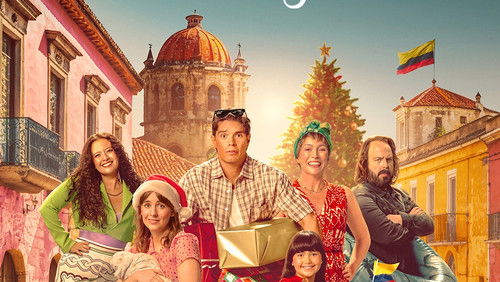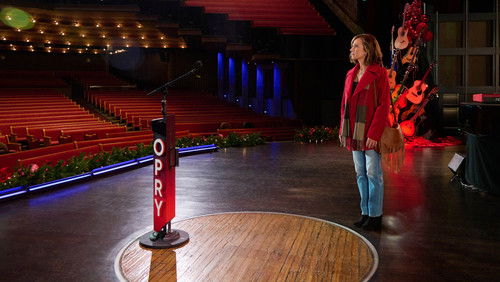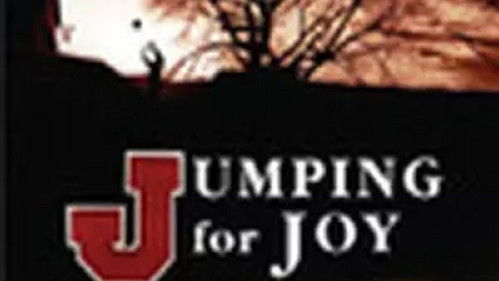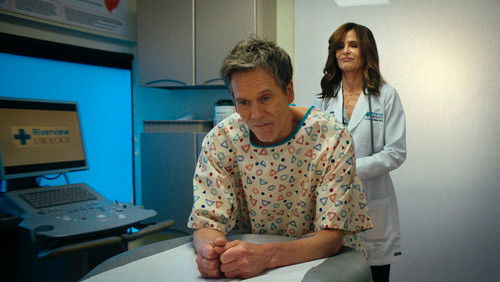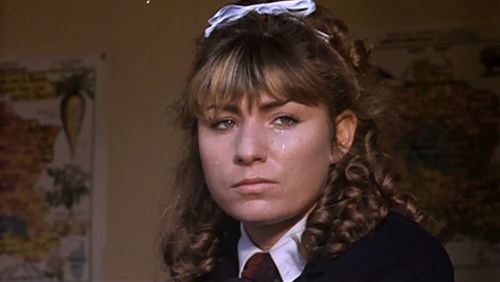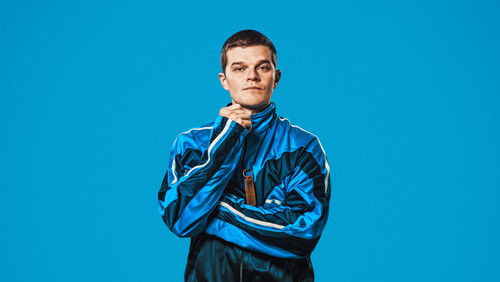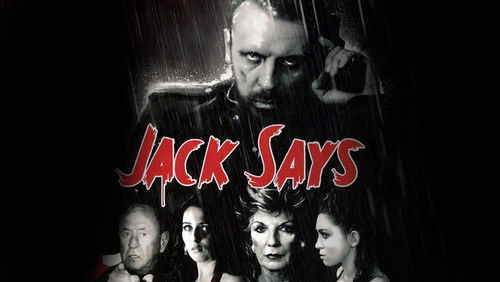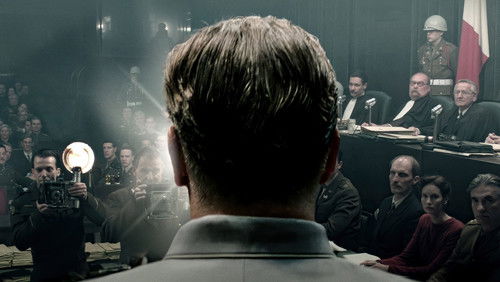Der Leone Have Sept Cabeças (1970)
61KDer Leone Have Sept Cabeças (1970). 1h 43m
“Ironically, it was at the height of his fame as an exponent of a specifically cinema that Rocha was exiled from Brazil and began to operate within a European framework, seeking funding wherever he could. u0026#39;Antonio das Mortesu0026#39; had effectively put Brazil on the international (read: European) cinematic map, providing a populist left-wing icon that combined the appeal of the u0026#39;Zapata westernsu0026#39; with that of the left-leaning arthouse crowd, coincided with Rochau0026#39;s (self-imposed) European exile, yet Rocha was now cut off from the folk practices which gave his early films their force: the cangaceiro myths of u0026#39;Antoniou0026#39; and u0026#39;Black Godu0026#39;, the cadomblé of u0026#39;Barraventou0026#39;. His embrace of identity as a u0026#39;tricontinentalu0026#39; filmmaker, and consequent depiction of the Third World thus in turn becomes more generalised, at once suggesting solidarity along the lines of tricontinentalism, and reflecting an unmooring from the specificities of Brazilian cultural production. During the 1970s, Rocha shot films in the Democratic Republic of the Congo (u0026#39;Der Leoneu0026#39;), Spain (u0026#39;Cabezas Cortadasu0026#39;) Italy (u0026#39;Clarou0026#39;) and, as part of a collective production, the documentary u0026#39;As Armas e o Povou0026#39; on the 1974 carnation revolution in Portugal. In other words, he participated in the political questions both of the European u0026#39;Westu0026#39; (including its dictatorial, military aspects) and the decolonising u0026#39;Third Worldu0026#39;. Beginning with u0026#39;Der Leoneu0026#39;, Rocha gives new meaning to the term u0026#39;international coproductionu0026#39;. If this new confluence of state and private funding arose in part from the inability of national cinemas to compete with Hollywood, it also enabled the production of a notably left wing, third wordlist cinema-the u0026#39;Zapata westernsu0026#39;, films like Bertolucciu0026#39;s u0026#39;Novecentou0026#39;, Pontecorvou0026#39;s u0026#39;Battle of Algiersu0026#39; and u0026#39;Quiemadau0026#39;. The filmu0026#39;s cast is international and, though the film is shot primarily in French, each the five languages that form its title are also spoken. Rocha thus insists, while operating from a perspective informed by the particular experience of brazil, that the film is international, in terms of filmic influence-he mentioned Brecht, Einstein and godard in relation to this film, along with cinema novo-and the issues of colonialism, an international phenomenon. u0026#39;Der Leoneu0026#39; differs from almost all existing models of political cinema: the Maoist-but white and European-left found in Godardu0026#39;s work from u0026#39;La Chinoiseu0026#39;; realist depictions of revolution (Pontecorvo); neorealism; the attempt to create empathy for the struggles of the oppressed. Instead, he turns to allegory and dream, not just as one element, but as influence on total structure, at once stressing the technological mediation of cinema in a firmly materialist manner and insisting on the importance of an apocalyptic, revolutionary mysticism to its conceptualisation of politics, resistance, revolution. Thus, Rocha at once emphasizes the defamilisarising-u0026#39;modernistu0026#39;-elements of his previous work, bringng together a secular, materialist tradition-Brecht, Godard-with the ecstatic, the mystical and the musical that differed sharply from such models. If Rochau0026#39;s Antonio films had borrowed their figuration from existing folk myth and, to a lesser extent, film trope-St George, the cangaceiro, the landowner, the cowboy-the allegorical canvas here is broader and more international. Unlike Godard-who avoided Africa-or Pasolini-whose African and Arabic settings were, to say the least, romanticised-Rocha took seriously the possibility of Africa as part of the tricontinental axis. His African extras are not anthropological specimens but real people, sometimes laughing at the actions theyu0026#39;re asked to perform: in one key moment, the camera zooms past the European actors and lingers on the faces of the crowd who watch them with a kind of defiant bemusement that extends to the filmmaker himself. The scenarios sees the tricontinental revolutionaries-associated with Zumbi, the Black Brazilian founder of the quilombo community Palmares, with African leaders such as Cabral, and with Che Guevara-unite against Marlene, the Aryan figure identified with the seven-headed beast of the apocalypse and with the mendacious forces of money and European colonial ideology, and her henchmen-a series of European mercenaries and the neo-colonialist ruler from the African national bourgeoisie. At the films end, a procession of militants in guerrilla fatigue slowly march up the hill, singing a revolutionary song. The protagonists of u0026#39;White Godu0026#39;, Paulo in u0026#39;Terra em Transeu0026#39;, or Antonio in u0026#39;Antonio das Mortesu0026#39;, who end those films stuck on the edges of things with no way out-the coast, the desert, the endless road-with no way out. Here, however, the militants, unlike those isolated figures, move as a group and march with a purpose, even if itu0026#39;s not clear where theyu0026#39;re heading. Moreover, their song unites art and struggle: the song and the machine gun, the spear and the dance are connected. Rochau0026#39;s exilic internationalism is thus refigured as space of possibility as well as the product of political catastrophe. At this point, there was evidently a world to win.”
